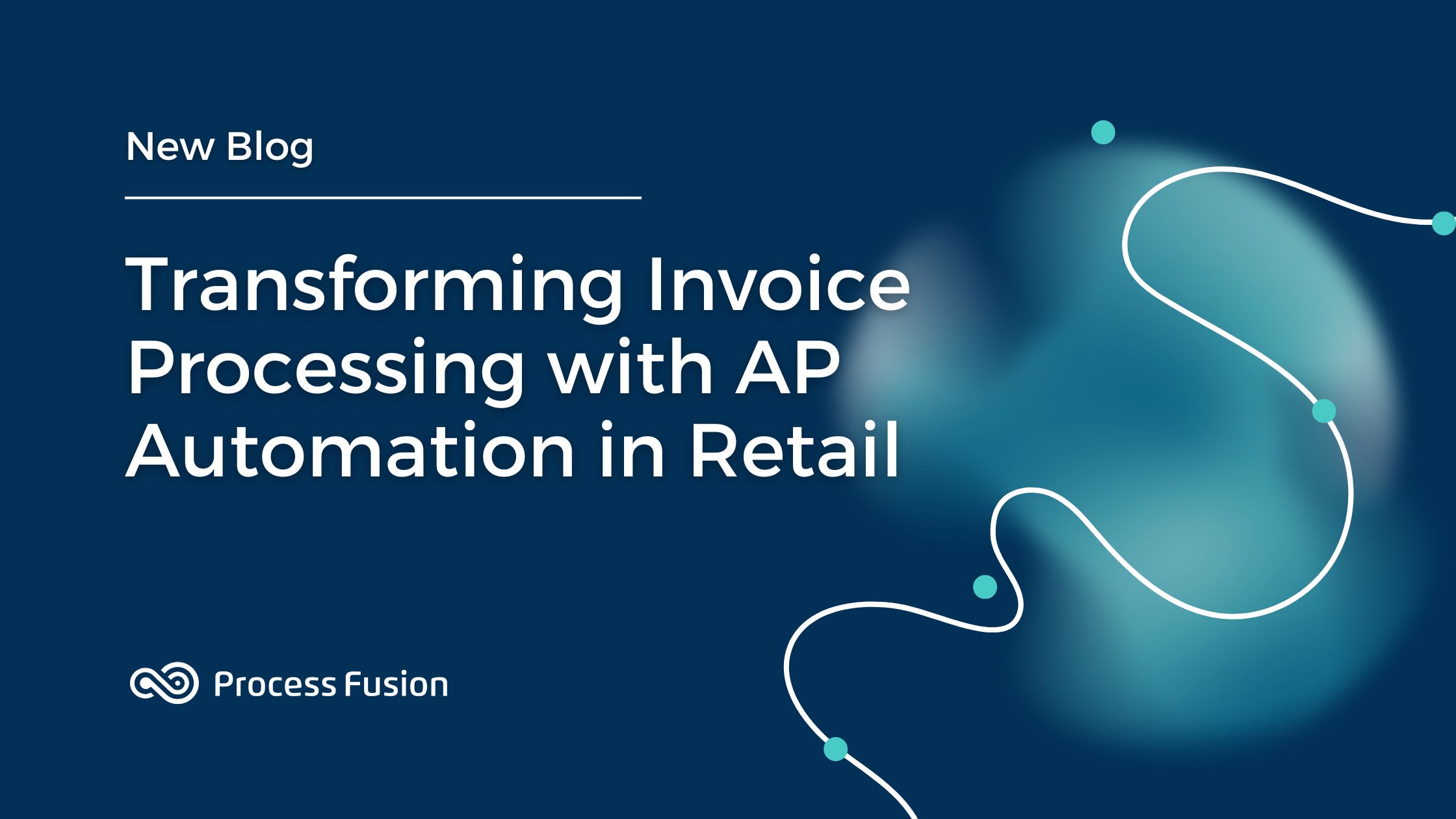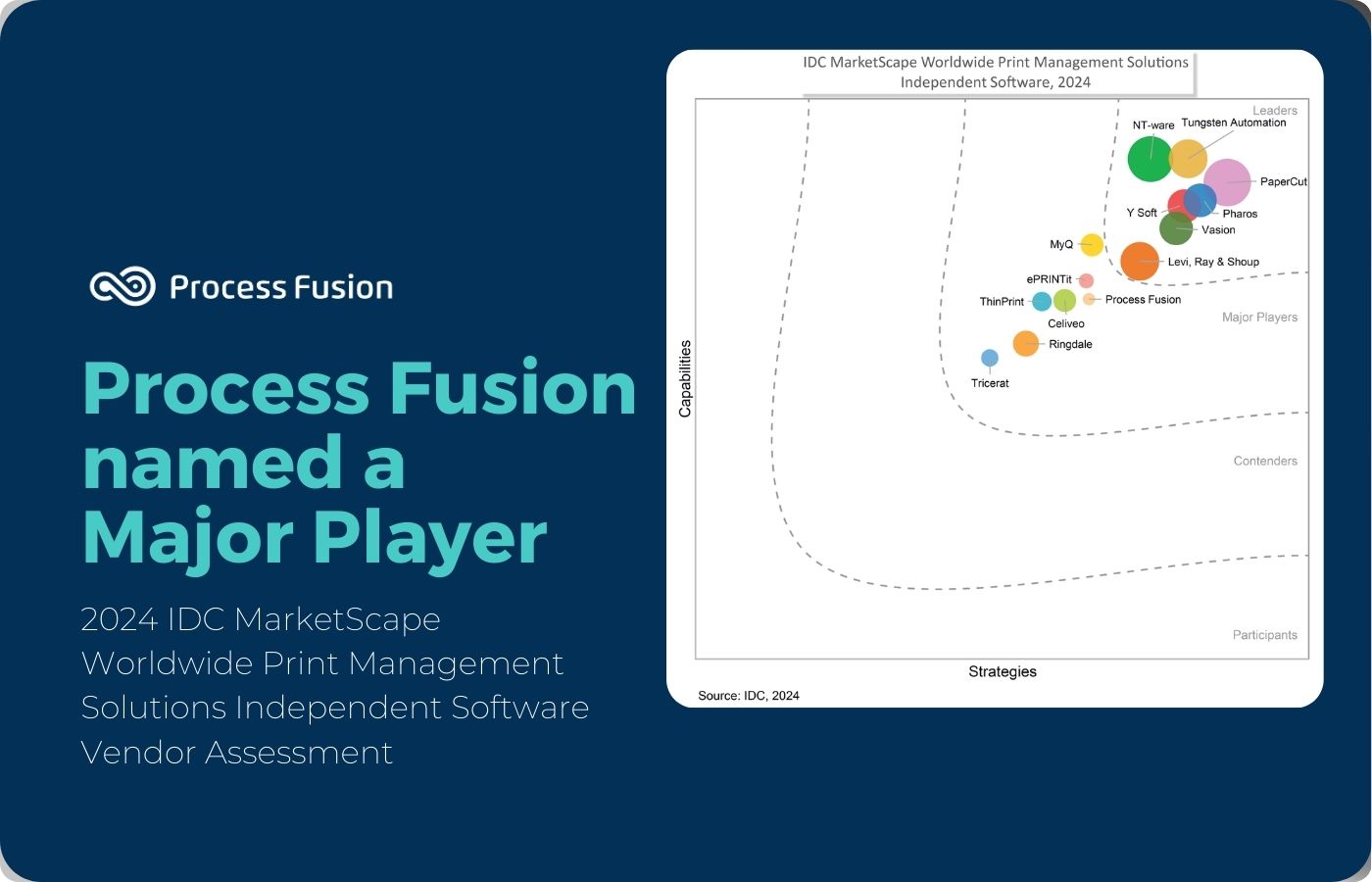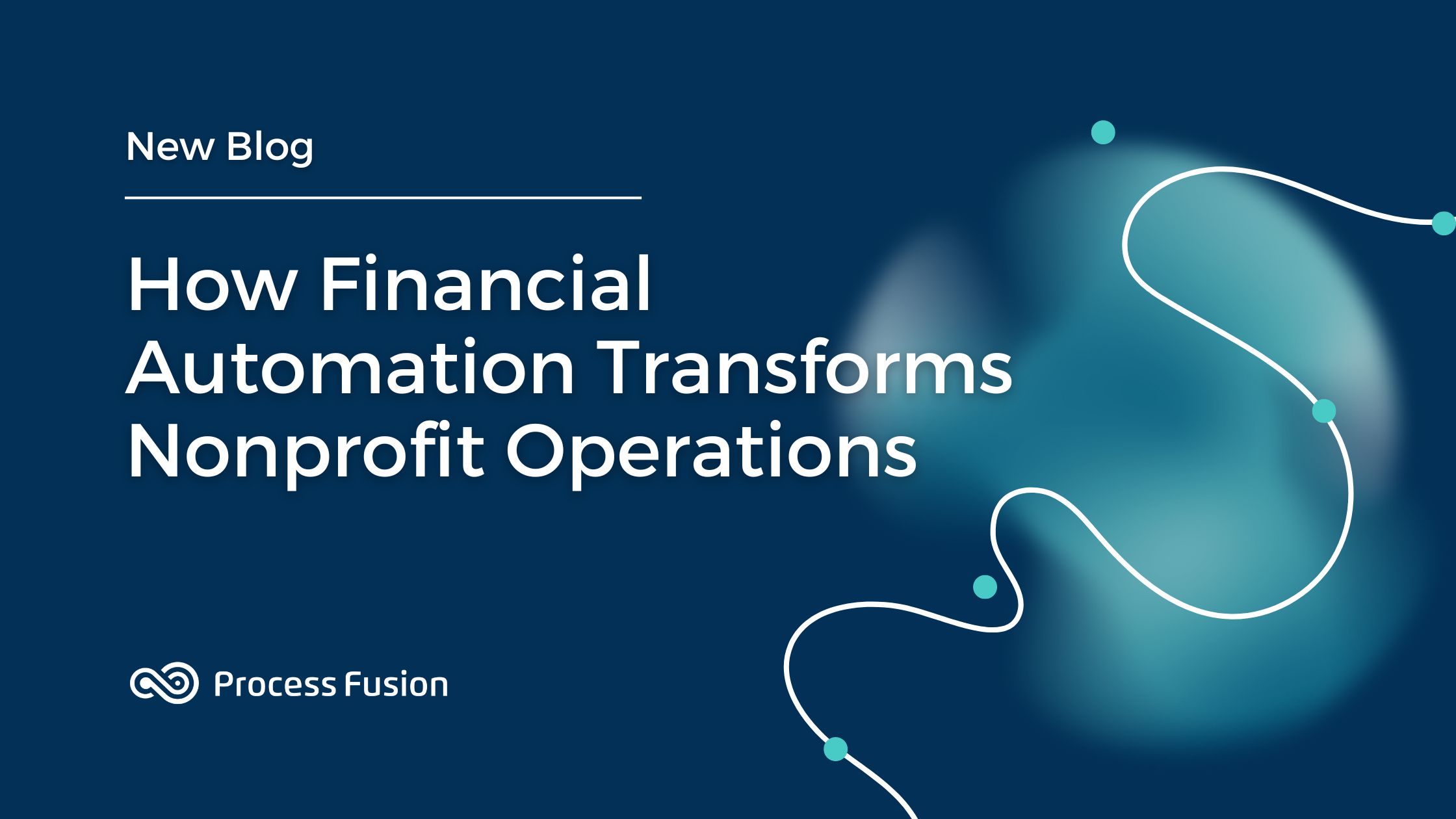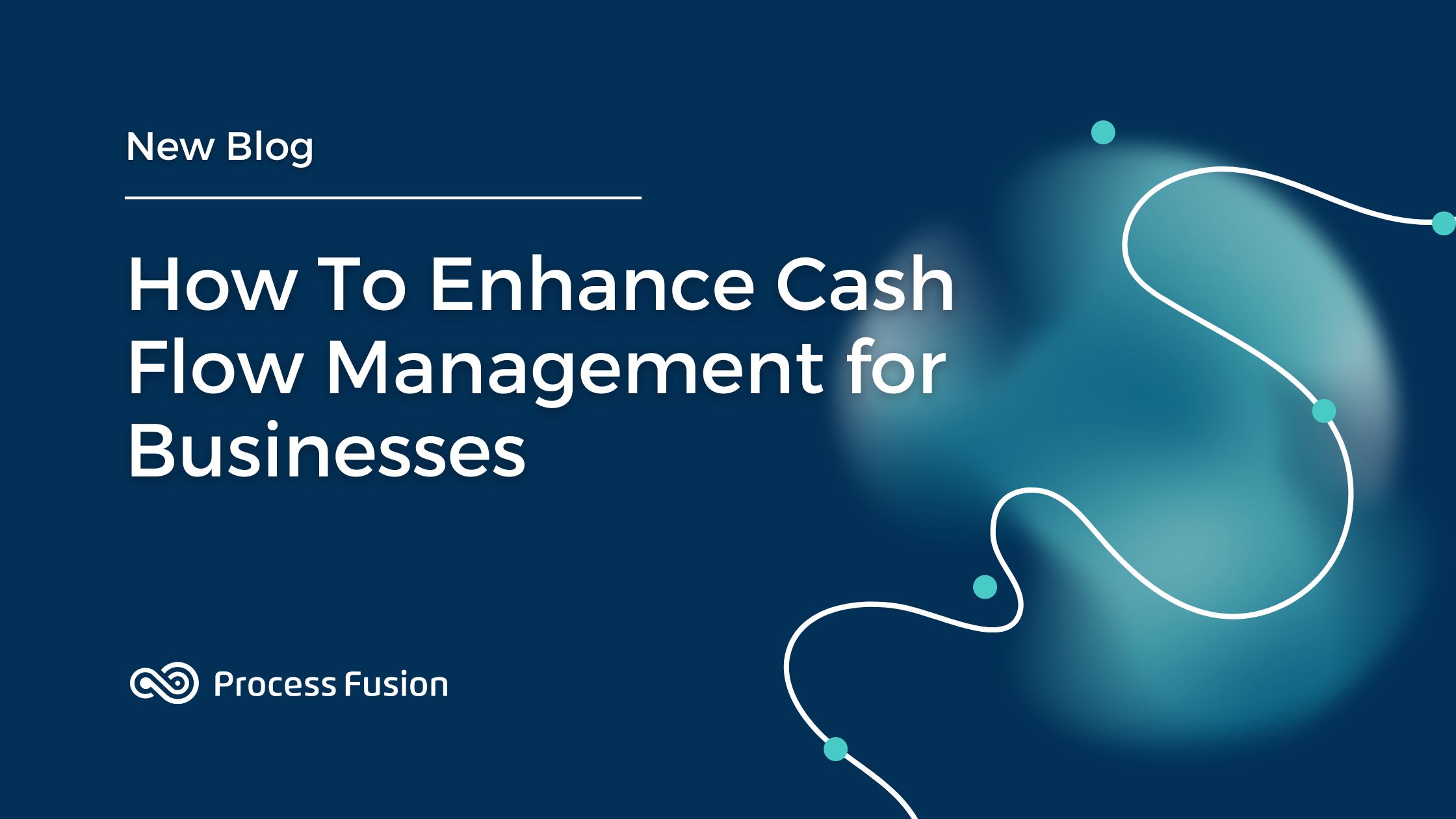
Digital transformation is everywhere. However, not all employees are tech-savvy. They may be unable to immediately grasp the benefits of new digital technologies and become resistant to change due to the challenging learning process.
Moving the needle on transformation takes a team.
With such significant shifts occurring rapidly and more to come, employees and leaders need to develop a digital mindset to stay competitive.
Learning new technology skills is critical for successful digital transformation. But technology alone won’t guarantee success. The whole company needs a mindset shift to inspire employees to learn new skills and become motivated to apply their skills to create new opportunities.
What Is A Digital Mindset?
According to Harvard Business Review Press, a digital mindset is “a set of attitudes and behaviors that enable people and organizations to see how data, algorithms, and AI open up new possibilities and to chart a path for success in a business landscape increasingly dominated by data-intensive and intelligent technologies.”
Developing a digital mindset takes work, but it adds value to both employees and organizations in the long term.
Learning how to use technology is simply one aspect of a digital mindset. It also requires continuously looking for innovative methods to incorporate digital technology into your job, team, and company.
Through training and practices, employees can develop skills in using technology, analyzing the data to make effective decisions, increasing work productivity and eventually becoming more successful in their jobs.
How Does It Work?
Leaders with a digital mindset are critical in the team. They are able to set their organizations up for success and to build a resilient workforce.
Leaders can inspire less experienced employees to keep up with rapid change while maintaining engagement and increasing the satisfaction of those younger and more technologically savvy employees. They can develop upskilling tools and strategies to make learning more accessible, encouraged, and habitual across the organization.
Working with an innovative digital company keeps employees updated with technology and prevents them from falling behind in the digital era.
In today’s digital workplace, companies with a digital mindset can respond quickly to market changes and are more prepared to seize new business opportunities.
Digital transformation is as much about people as it is about technology. However, it is challenging due to employees’ resistance to change. To overcome this resistance and ensure the workers enjoy their job with the changes, companies should focus on creating a continuous learning culture that prepares people to learn new skills and seamlessly integrate them into the work process, as well as aligning the new deployment to the existing systems.
How to Build A Continuous Learning Culture?
Does your company have a culture of continuous learning and upskilling?
Learning should always be a habit or an ongoing practice, whether in a fixed period or continuing as lifelong learning.
Making an effective plan and ensuring that workers have easy access to information about training available is necessary for a continuous learning culture.
Make Learning Accessible
Employees are more encouraged to learn and adapt to the new digital trends in the workplace with support from leaders and organizations.
Giving workers time and space, such as necessary workload shifts and accommodating deadlines is essential. Otherwise, training and learning programs would appear as empty promises, and employees will not feel obligated to pursue them.
Make it a habit
Ongoing improvement is necessary to continue the forward momentum of your new employee education program. To encourage learning as a habit, remind workers of them frequently via daily feeds, newsletters, email, or through any other platforms your organization uses for in-house communication. Ask the team to share their learning process and feedback.
Make it interactive
Nobody likes a boring learning experience. Make the learning more interactive by facilitating connections between new employees and more-experienced members who can serve as mentors.
Individual Development Plans, mentorship and coaching, challenging employees to set their own goals and creating learning pathways that people actually want to complete and follow through with.
Digital change is perpetual. Developing a digital mindset is not only about adopting new technologies but also involves a shift in mentality and a culture of growth.
How A Digital Mindset Accelerates Technology Adoption
Digital transformation is frequently radical and involves a change in shared values, norms, attitudes, and behaviors. As a result, everyone in the company has to be aware of the new strategy and prepare for it.
Some people could be apprehensive about the unknown, while others would worry about their ability to pick up and use the new technology in their jobs.
Promoting digital technologies boosts confidence, empowers employees to adapt, and prepares them for future digital changes.
Embrace the Future of Work
A digital mindset enables adaptability, resilience, and seizing opportunities through technology and data analysis.
Today’s digital technology is ever-changing. Digital transformation is a long-term goal focusing on implementing new technologies and a digital way of working. A digital mindset fosters adaptability, resilience, and readiness to overcome challenges and seize new opportunities through technology and data analysis.






